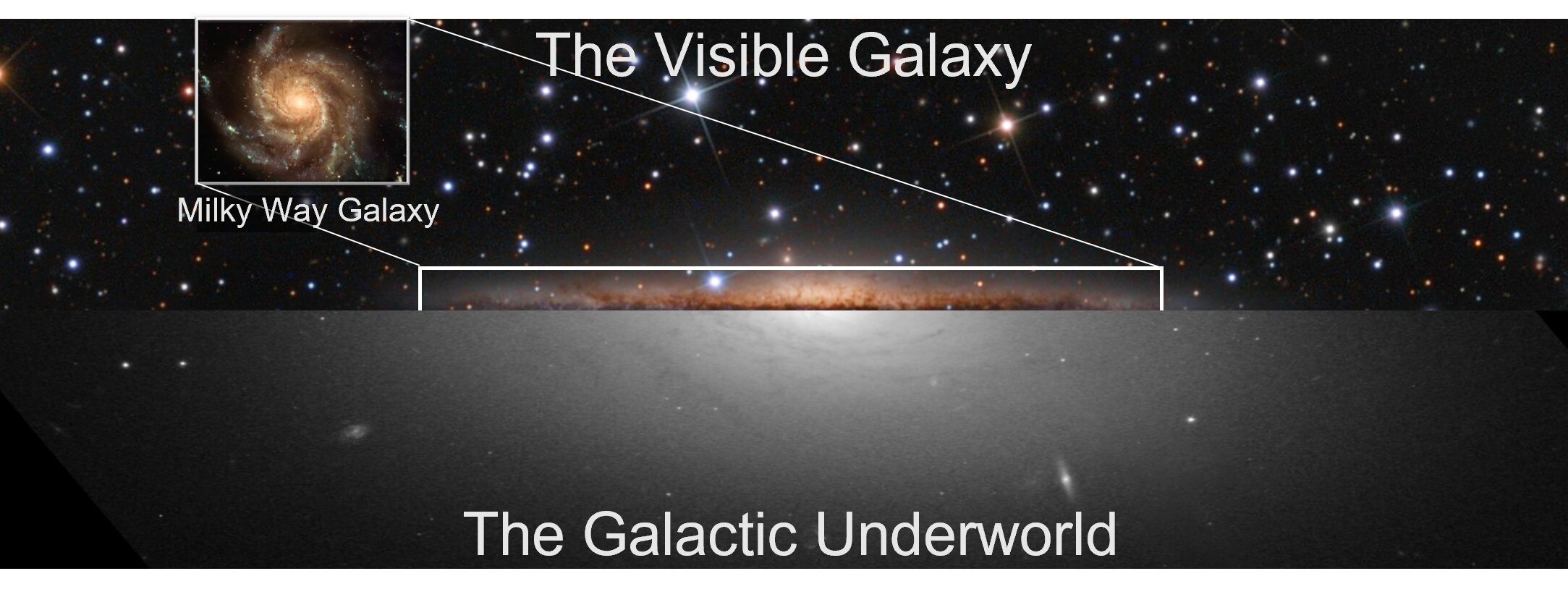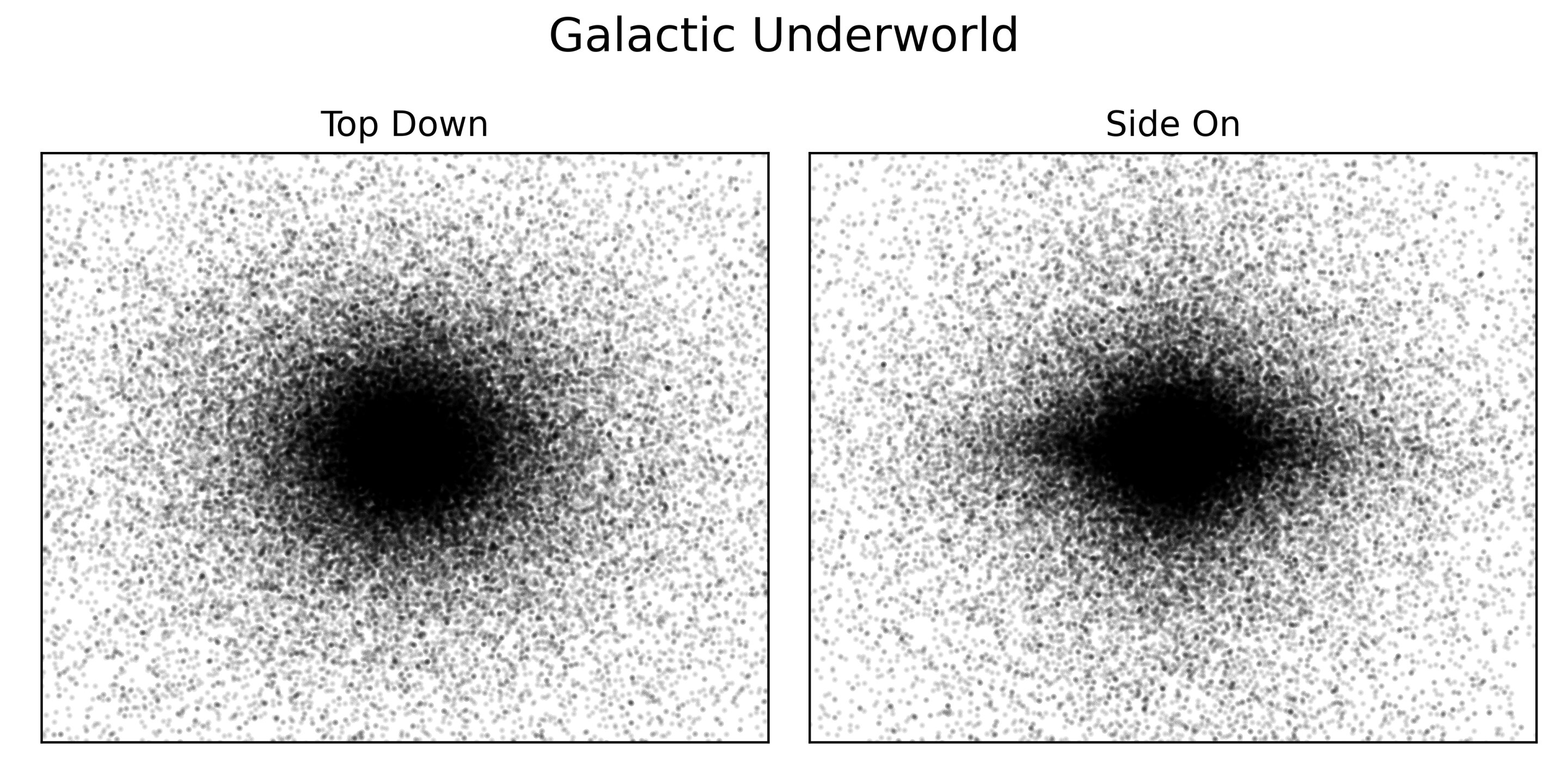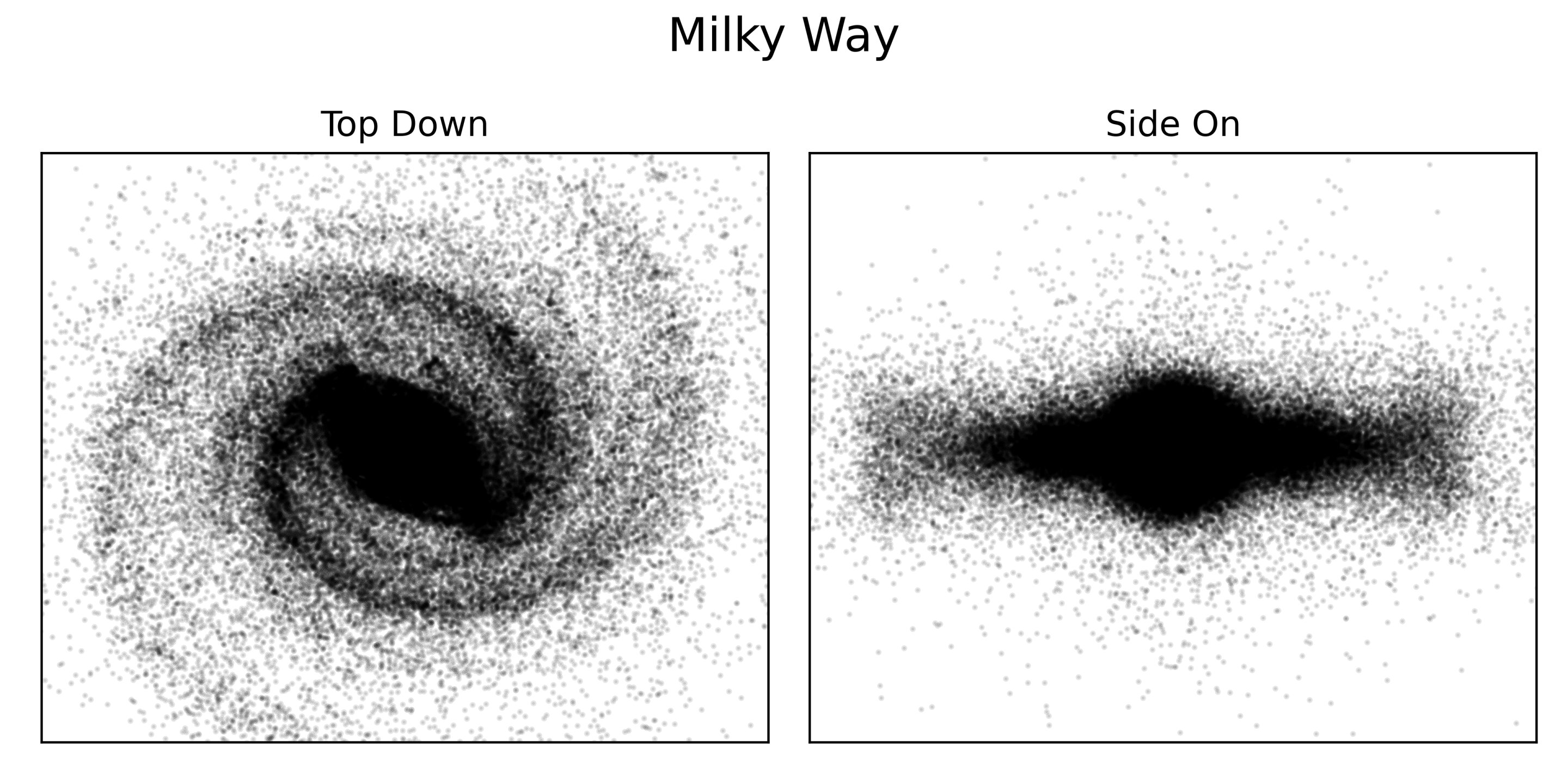During the Milky Way’s roughly 13.6-billion-year history, billions of stars have formed, grown and ultimately died in spectacular supernova explosions. So, where are all of their corpses hiding?
In new research published Aug. 25 in the Monthly Notices of the Royal Astronomical Society, astronomers set out to dig up those long lost stellar bodies (so to speak). Using a computer simulation, the team modeled the initial positions of millions of stars in the early Milky Way (long before its iconic spiral arms developed), then hit a cosmic fast-forward button to show where the shriveled remains of those stars may have ended up after going supernova.

The resulting map revealed a “galactic underworld” of black holes and neutron stars (two forms of extremely dense stellar remnants), which lurks in every corner of the Milky Way — and far beyond it as well. According to the researchers, the galactic underworld stretches more than three times the height of the Milky Way itself, while as many as one third of the galaxy’s dead stars have been jettisoned deep into space by the force of their own end-of-life explosions, never to return.
“Supernova explosions are asymmetric, and the remnants are ejected at high speed — up to millions of kilometers per hour,” lead study author David Sweeney, a doctoral candidate at the University of Sydney, said in a statement. “An amazing 30% of objects have been completely ejected from the galaxy.”

An image of the visible MIlky Way (top) overlayed with the simulated location of the “galactic underworld” (bottom) (Image credit: University of Sydney)
The quick and the dead
In their research, the team focused on two types of stellar remains: neutron stars — ultra dense stellar cores that pack a sun’s worth of mass into a ball no wider than a city — and black holes, which are enormous objects so dense that not even light can escape their gravitational pull.
Both types of objects form when massive stars run out of fuel, shedding their outer layers of gas in titanic supernova explosions as their cores collapse inward. If the dying star had a mass at least eight times that of Earth’s sun, a neutron star is born; if the star measured more than 25 solar masses, a black hole emerges.
Astronomers have detected both classes of stellar remains in our galaxy, though not nearly enough to account for the billions of dead stars in the Milky Way’s past. Finding these ancient remains is tricky for two main reasons: one, the Milky Way has changed shape significantly over the past 13 billion years, meaning the galactic underworld does not neatly overlap with the current distribution of stars in our galaxy; and two, stars that die via supernova can be “kicked” great distances in random directions by the force of the explosion, ending up on the fringes of the galaxy or lost to intergalactic space.

A simulation showing the distribution of black holes and neutron stars in the ‘galactic underworld’ (Image credit: University of Sydney)

A map showing the distribution of stars in the visible Milky Way. The galaxy’s spiral arms are clearly visible in the top-down image. (Image credit: University of Sydney)
The study authors built a computer simulation to account for this randomness, as well as the changing shape of the Milky Way and many other factors. Their results showed that the greatest concentration of stellar remains can be found bulging near the galaxy’s center, where a supermassive black hole exerts an extremely powerful pull. The remainder of the dead stars are scattered wildly to all sides of the galaxy, in clear defiance of the spiral-shaped distribution of stars visible today.
“These compact remnants of dead stars show a fundamentally different distribution and structure to the visible galaxy,” Sweeney added.
The team also found that, while the galactic underworld only contains an estimated 1% of the galaxy’s total mass, ancient stellar corpses are never far away. The nearest stellar remnant should only be about 65 light-years from the sun — or closer to us than the stars of the Big Dipper constellation. Hopefully, with a better idea of where to look for them, space surveys like the European Space Agency’s ongoing Gaia mission should be able to help exhume the galaxy’s ancient dead in greater numbers than ever before.





